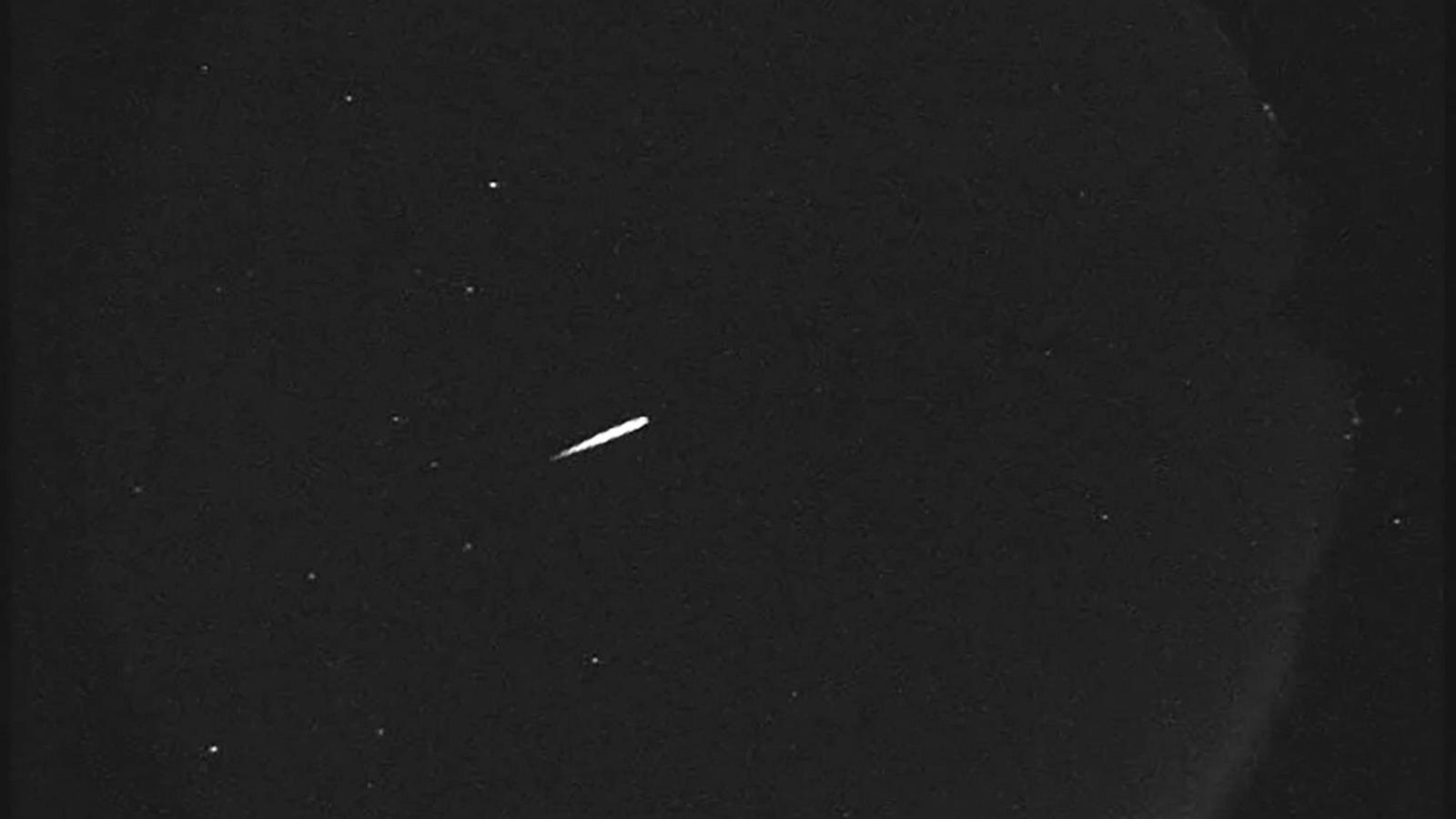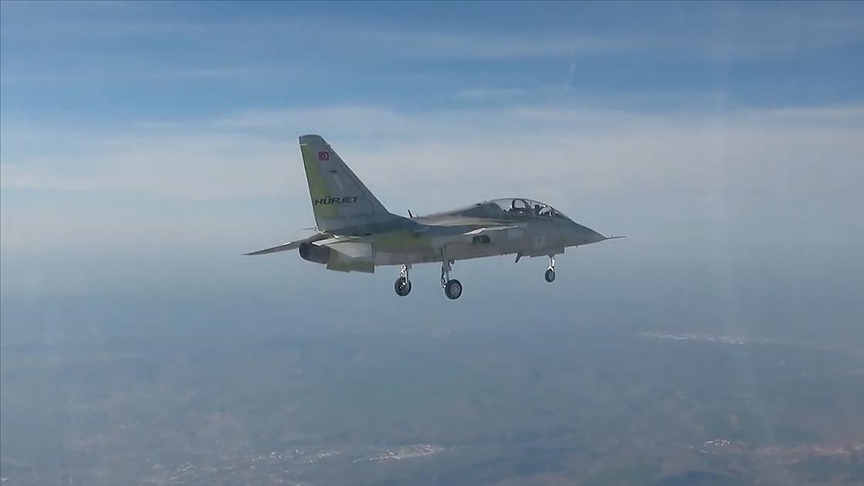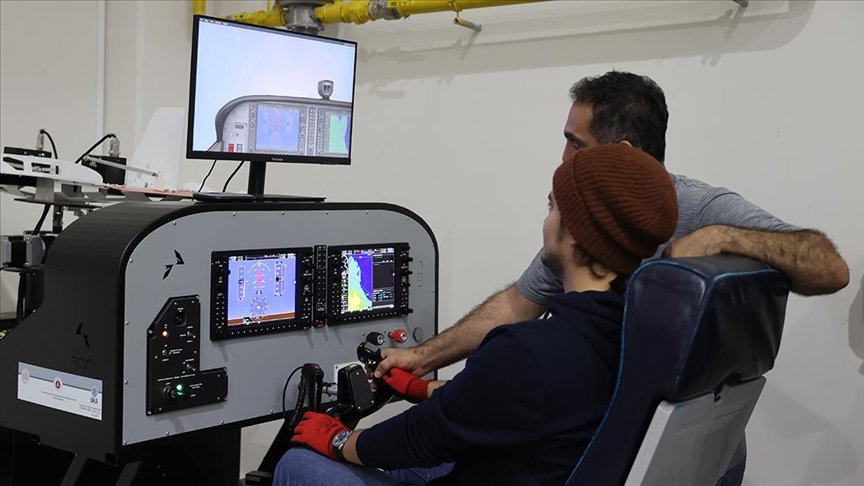
Moonlight Could Obscure Orionid Meteor Shower, a Debris from Halley's Comet
The green worlds > Moonlight Could Obscure Orionid Meteor Shower, a Debris from Halley's Comet
Orionid Meteor Shower to Peak Soon
WASHINGTON -- The Orionids, one of two annual meteor showers linked to Halley's Comet, are expected to reach their peak early Monday. However, observations may be hampered by a bright, waning moon.
NASA's Bill Cooke notes the shower's unpredictability, with potential meteor counts ranging from 20 to 60 per hour in optimal conditions. This year, the peak activity coincides with a night when the moon is 83% full, while the shower continues until November 22.
Understanding the Orionids
Multiple meteor showers occur annually, often originating from comet debris. The Orionids are specifically derived from particles released by Halley's Comet. When these space rocks enter Earth’s atmosphere, they heat up due to air resistance, creating a glowing trail known as a “shooting star.”
As Cooke explains, “Halley’s comet does not leave the same numbers of particles behind each year,” making predictions about visibility difficult. Meteor showers are best viewed between midnight and the pre-dawn hours, particularly in dark locations away from city lights.
Tips for Meteor Viewing
To improve viewing conditions, observers should seek out clear skies during the shower’s peak and avoid screen time, as it can interfere with night vision. October has also seen other celestial events, such as a recent supermoon and the comet Tsuchinshan-Atlas.
For a schedule of upcoming meteor showers, including the next big event, the Southern Taurids in early November, enthusiasts can refer to details from meteor societies.
___
The Associated Press Health and Science Department, supported by the Howard Hughes Medical Institute’s Science and Educational Media Group, is responsible for this content.
Source: ABC News

Ankara Governorate Alerts Citizens About HÜRJET's First Supersonic Flight
AA
Cyprus Prevents Digital Attack on Government Portal
ABC News
Japan, UK, and Italy to speed up joint next-gen fighter jet project to replace F-2s
ABC News











